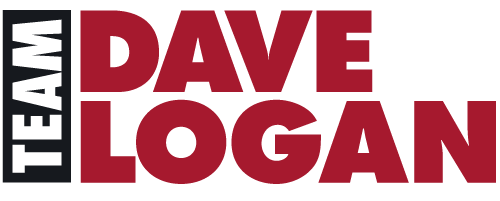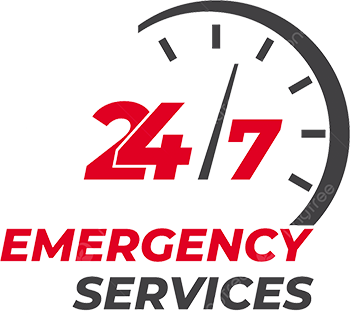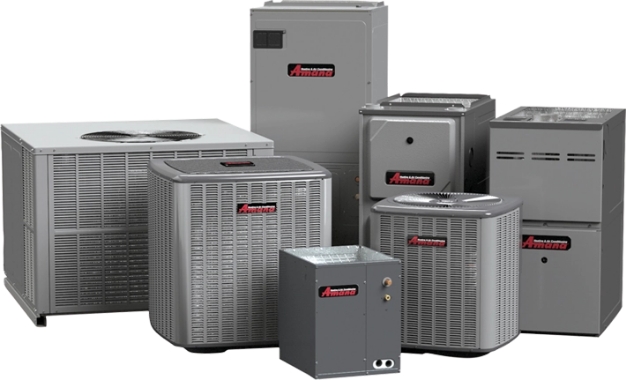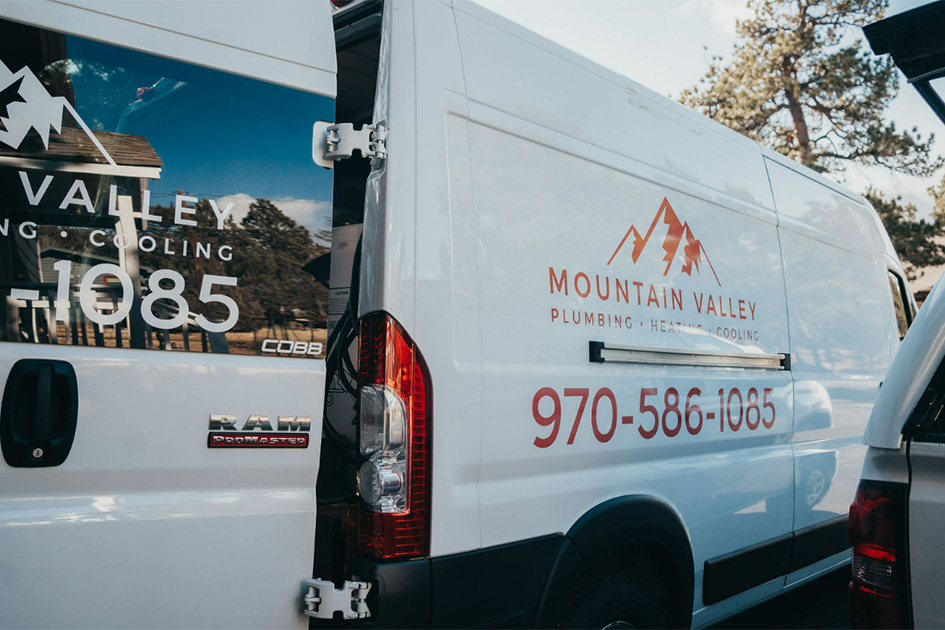Furnace Installation: What Homeowners Should Expect from Start to Finish
Have you ever considered how the warmth in your home during cold times depends on more than just the furnace? It’s also about how well it’s installed. This guide will highlight the furnace installation process and what homeowners should expect and show how vital and complex this task is for your comfort and savings.
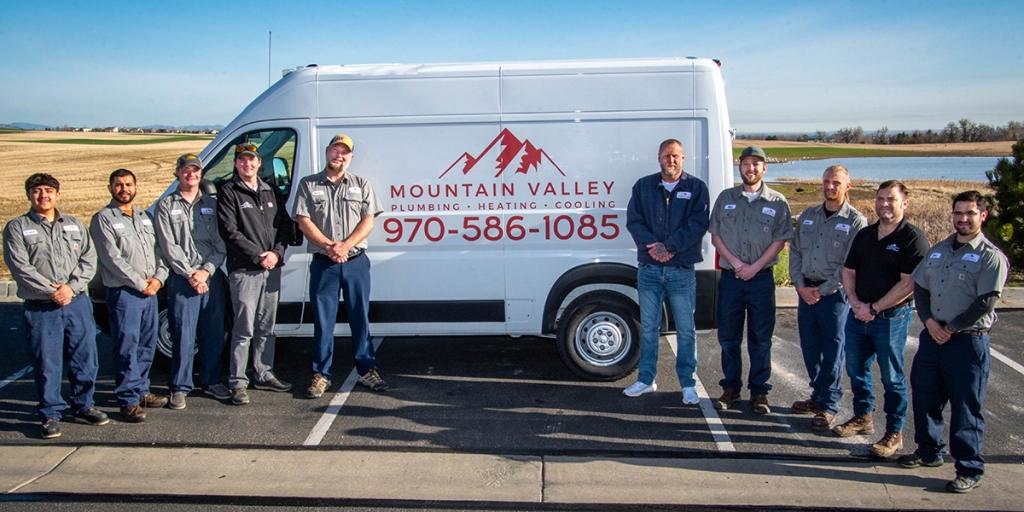
This detailed guide will walk you through replacing your old heater in Loveland, CO with a new, more efficient one. What’s inside your furnace, and why does it matter? Understanding the installation can save you from unexpected costs and poor performance. We explore the detailed world of furnace installs, adjustments, and the skill needed for a smooth setup.
Key Takeaways
- A great installation gives you reliable warmth and can reduce heating bills by 10-30%.
- Please don’t make assumptions; they can lead to mistakes, like illegally reusing old pipes.
- Getting the right furnace size for your home requires a detailed load calculation.
- Installation can be complicated, involving possible changes to ductwork and new safety features.
- Small efforts, like pre-installation safety checks, make a big difference in avoiding risks.
- Each furnace needs a full check-up after installation to ensure it’s running perfectly.
- After a quality install, ongoing maintenance is key to keeping your furnace safe and efficient.
Understanding the Importance of Professional Furnace Installation
Hiring a professional HVAC technician for furnace installation is crucial. It’s key for safety, efficiency, and dependability. The Department of Energy reveals that poor installation can spike energy use by up to 30%. This fact alone shows why expert-qualified HVAC installation matters.
Experts at Mountain Valley Heating, Cooling & Plumbing highlight the expert difference. With vast experience in Loveland and Ft. Collins, CO, they do more than install. They ensure your furnace runs with top energy efficiency and performance. This is vital because great equipment needs correct installation to excel.
DIY or hiring someone without the right skills for furnace installation is risky. It can lead to gas leaks or even carbon monoxide poisoning. In the long term, it could mean more breakdowns or the loss of your warranty. Choosing professional furnace installation services protects you. It also ensures you meet local build codes and follow the manufacturer’s guidelines.
The table below shows the big differences between professional and unskilled furnace installation:
| Aspect | Professional Installation | DIY/Unqualified Installation |
|---|---|---|
| Initial Cost | Higher upfront but includes comprehensive service and warranty | Lower upfront but may incur future costs |
| Safety | Greater assurance of safety with expert handling | Risks of gas leaks, carbon monoxide poisoning |
| Performance | Optimized for efficiency and durability | Possibly inefficient, leading to higher bills |
| Longevity | Extended due to proper installation | Often reduced due to installation errors |
Choosing a professional HVAC technician for installation adds value. It gives you confidence. Your heating system will be efficient, comfy, and reliable for many years.
What to Expect During a Furnace Installation
Getting a new furnace is a big deal. Knowing what will happen is key to a smooth and safe experience. A skilled HVAC contractor will first do a full check. They will check the ducts and do calculations to ensure your heating will work great.
The Initial Assessment by Your HVAC Technician
Your HVAC pro will review your home’s heating setup before starting. They will check the ducts and the place where the furnace will go. They will also examine gas and electrical systems to catch any issues early and ensure a top-notch installation.
Comprehensive Load Calculation for the Right Size
Choosing the right furnace size is a must. This isn’t just about the size of your house. It’s also about insulation, windows, and how well your home conserves energy. Skipping this can cause your furnace to run poorly and cost you more. Let the pros at Mountain Valley Plumbing find the perfect furnace for your home’s needs.
Reviewing Ductwork and Necessary Modifications
Evaluating your ductwork is essential. The right duct size and condition ensure that your home heats evenly. If the ducts aren’t right, you might have uneven heating and high energy bills. A technician will determine if your ducts need changes to work well with your new furnace.
In the end, following the right furnace installation steps is vital. It keeps your heating system safe and long-lasting. Remember, regular check-ups by HVAC experts are key to an efficient furnace after setup.
Preparation Steps Before Installation Day
Getting ready before installation day is crucial. It affects how well and safely your new furnace is installed. By doing research and preparing in advance, you can ensure the installation goes smoothly. This also helps your heating system work better and safer in the long run.
Choosing the Right Furnace for Your Home
When picking a furnace, consider its efficiency first. A higher efficiency level means the furnace works better and can save you money on energy. Consider your home’s size and the weather in your area to choose the right one. Shooting for a furnace with an AFUE rating of 80% or more is a good idea. If choosing a furnace feels overwhelming, talking to a certified HVAC service can really help.
Ensuring Accessibility and Safety of the Installation Area
Preparing the installation area is crucial for a safe furnace installation. To avoid danger, leave at least three feet of space around the furnace. Remove anything that can catch fire from around the area. Also, make sure the furnace can vent properly to keep carbon monoxide at bay, and put plywood under the furnace for stability. Using a voltmeter to check for leaks before making electrical connections is a smart safety step.
It’s key to ensure the technicians can easily reach the installation site. Clear paths and mark the spot where the furnace will go.
| Preparation Step | Details | Benefit |
|---|---|---|
| Clearance Around Furnace | At least three feet on all sides | Prevents ignition of combustible materials |
| Venting Check | Ensure proper external venting for fumes | Safeguards against carbon monoxide buildup |
| Plywood Base | Install plywood underneath furnace | Provides stability and level installation |
| Professional Consultation | Consult a certified HVAC contractor | Ensures optimal selection and installation based on expert assessment |
Good preparation makes the installation day smoother and safer. Understanding how to choose a furnace and prepare the area and system helps a lot. Homeowners can easily and safely look forward to a warm home during cold times.
The Day of the Installation: A Step-By-Step Guide
When installation day comes, it’s crucial to follow a detailed guide. This ensures a smooth and safe transition to your new heating system. Understanding the process reduces stress for homeowners and guarantees a successful start.
- Floor Protection: Technicians start by laying down covers to protect your floors. This helps prevent any damage during the installation.
- Preparation of the Work Area: The area around the furnace is cleared for safety and efficiency. It’s ensured that nothing will be in the way of the installation.
- Review of Equipment and Details: Before beginning, technicians will review the furnace details with you. They will make sure everything is there and explain how it all works.
- Safety Checks: It is vital to check gas lines and electrical systems. Technicians will turn everything off to ensure a safe installation.
Here are more key tasks done on installation day:
| Task | Details | Duration |
|---|---|---|
| Manual J Load Calculation | This step involves a detailed evaluation of your home. It helps pick a furnace that fits your home’s size and insulation. | Varies |
| System Testing | After installing, many tests are run to check everything works fine. This includes safety tests for carbon monoxide. | 45-60 minutes |
| Calibration | The new system is adjusted to use energy efficiently. This also helps lessen wear on parts. | Depends on system |
Our experienced technicians use strict safety measures when installing your furnace. Every step, from protecting floors to final tests, is done carefully. This ensures your new furnace works well and safely, giving you peace of mind and lasting satisfaction.
Removing Old Equipment: What to Anticipate
Getting your old furnace out is a big step before installing a new one. Knowing what that involves makes things easier for homeowners and smoother when switching to a new heating system. Here, we’ll go over the main steps and what you need to remember when removing old equipment.
Disconnecting and Removing the Old Furnace
First, it’s essential to disconnect the old furnace safely. This means detaching gas lines, wires, venting, and ductwork properly. Experts make sure everything is turned off safely, preventing leaks or dangers.
Removing the furnace requires careful work to prevent damage to your house. Keeping track of how everything is disconnected helps, too. This ensures the old system is removed cleanly, leaving nothing behind that could mess with the new installation.
Cleaning the Installation Area
After the old furnace is out, cleaning the area is key to getting it ready for a new furnace. This includes sweeping, vacuuming, and cleaning the space well. Pay extra attention to ducts and surfaces touching the new furnace is crucial. Cleaning out old dirt and dust helps the new system work better and last longer.
| Consideration | Impact |
|---|---|
| Removal Complexity | It is highly recommended to ensure all safety protocols and technical standards are met. |
| Installation Area Cleaning | Essential for preventing future mechanical issues; enhances the effectiveness of the new furnace. |
| Professional Involvement | Temporarily, it varies depending on the scale of removal and cleaning operations. |
| Potential Disruptions | Temporary, varies depending on the scale of removal and cleaning operations. |
Learning about upkeep means knowing that regular checks and cleanings help prepare a space for new things. They also improve air quality and the efficiency of the heating system after the new unit is installed. Each step in getting ready for a new furnace is important. It ensures that the unit works well and gives the expected efficiency.
Installing a New Furnace: Key Steps Involved
Installing a new furnace is a big deal for any homeowner. It’s important to know what goes into the installation process, including the correct setup and calibration of your furnace. These steps ensure your system runs efficiently and lasts a long time.
Setting Up the New Furnace
First, the furnace must be placed correctly. It should be level and raised off the ground to prevent moisture damage.
Getting the alignment right is not just advice; it’s a must. This impacts energy efficiency and safety.
Connecting Ductwork and Ensuring Proper Airflow
It’s crucial to connect ductwork without leaks. Every connection needs to be tight. This might require adjustments or special pieces.
This careful work ensures air flows evenly in your home. It keeps you comfortable and helps control utility costs. Tuning the airflow for each home area is also essential.
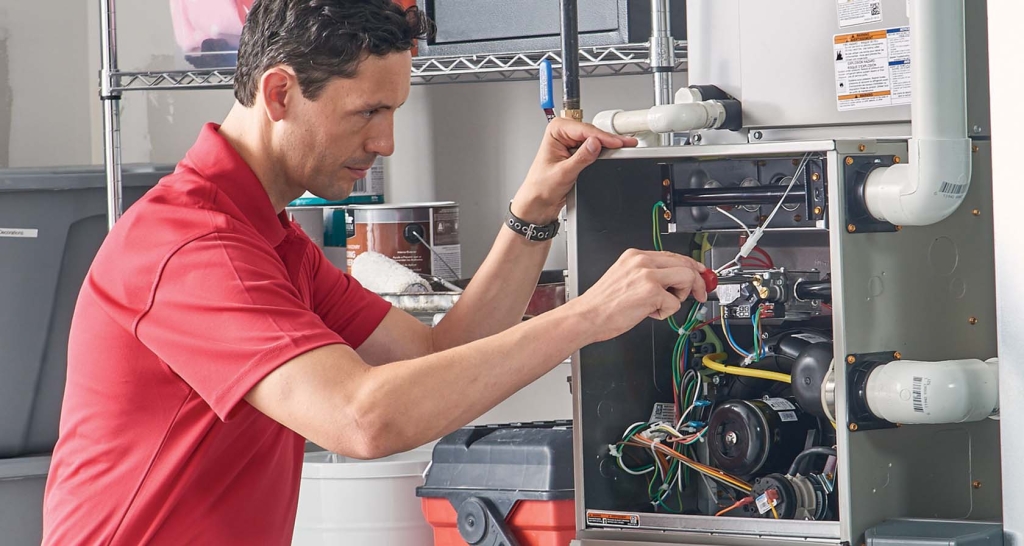
Adjusting the airflow improves comfort and saves energy. The skill needed for this shows why expert help is important.
| Installation Step | Importance | Common Issues |
|---|---|---|
| Furnace Positioning | Essential for operational stability and efficiency | Improper leveling leading to operational inefficiencies |
| Ductwork Connection | Crucial for maintaining energy efficiency | Air leaks from inadequate sealing |
| Airflow Calibration | Key to achieving balanced and efficient heating | Incorrect calibration leading to uneven heating |
Each installation step is linked, showing the need for expert knowledge and precision. Professionals ensure your heating system runs well, keeping your home cozy. This helps avoid future problems and guarantees efficiency for years.
Reconnecting and Sealing: Crucial Installation Steps
Properly reconnecting furnace electrical wiring and gas lines ensures the heating system works safely and well. Every connection must meet safety standards and work right. An experienced HVAC contractor can make these difficult adjustments.
Electrical and Fuel Line Connections
Reconnecting involves securing furnace wiring and checking the gas line for leaks. This ensures the furnace runs at its best. Technicians also check the furnace’s power needs against the current electrical setup and make changes if needed.
Sealing to Ensure Efficiency and Safety
The last step is sealing the HVAC. This is key for keeping your furnace energy-efficient. High-quality sealant keeps all joints airtight, stopping air leaks and making the system safer and more efficient.
Reconnecting and sealing are key parts of installing an HVAC. They ensure the system lasts long and runs well. Professionals take care of every detail, from wiring to gas lines and sealing, giving homeowners a safe, efficient system they can rely on.
Commissioning the System: The Final Testing Process
System commissioning, especially furnace testing, is key to ensuring that a new furnace works well and safely. During this phase, various steps are taken to ensure the furnace performs at its best, meeting safety standards and the homeowner’s needs.
Essential Tests to Ensure Proper Functioning
Testing the furnace is critical. It shows how the system works under real conditions. Tests include checking static pressure, temperature rise rates, and airflow to ensure that it matches the home’s needs. These tests help verify that the furnace is set up as the manufacturer says, ensuring it starts off working efficiently.

Adjustments Based on Test Results
After installation, changes are often needed to meet high standards, which come from the CDC and ASHRAE. If tests show problems, fixes might include recalibrating the blower or adjusting the temperature controls. These changes help the furnace work at its best, leading to efficient and reliable heating.
Getting the furnace commissioned right means it will use energy efficiently and last longer. Skipping this important step could mean higher bills, less efficiency, and the system breaking down early. Testing and adjusting after installation is vital for any new furnace.
Understanding Furnace Installation Costs and Factors
The cost to install a furnace varies greatly. It depends on the unit’s efficiency, size, and complexity. Knowing these costs helps homeowners plan their budgets for a new HVAC system.
The price for furnace units ranges from $600 to $6,500, and installation fees add to this cost. Electric furnaces, for example, cost $800 to $1,100 for the unit. But with installation, the total goes up to $2,000 to $4,000. Gas and oil furnaces also see similar price increases from the unit to full installation.
| Furnace Type | Unit Cost ($) | Cost With Installation ($) |
|---|---|---|
| Electric | 800-1,100 | 4,000-8,000 |
| Natural Gas | 700-3,000 | 4,000-8,000 |
| Oil | 600-2,500 | 3,000-5,000 |
| Propane | 800-2,000 | 2,000-5,000 |
Labor costs for HVAC system installations range from $150 to $500 per hour, depending on the location and job specifics. Labor expenses vary greatly based on where you live and how difficult the installation space is to work in.
Thinking about return on investment means looking at long-term savings from higher AFUE ratings and potential rebates for energy-efficient models. For example, moving to a 95% AFUE furnace from a 70% one can lower your bills. In areas with high energy rates, an efficient system can save you a lot, helping you recoup installation costs faster.
Homeowners who want to keep their furnace installation cost low but still want an efficient heating solution should talk to experts. Mountain Valley Plumbing, Heating, and Cooling professionals offer personalized advice. They consider local utility rates and tailor solutions to your home size and climate in Loveland, CO.
Government incentives for installing energy-efficient systems can also reduce initial costs. This makes high-efficiency furnaces a smart long-term investment for budget-conscious homeowners.
Maintenance and Aftercare Post-Installation
After installing your furnace, it is vital to take good care of it. This means setting up a maintenance routine. Regular furnace maintenance keeps it working well all winter and makes it last longer.
Regular Maintenance Tips to Keep Your Furnace Running Smoothly
To keep your furnace working well, get it checked often. You should also follow a maintenance plan. This includes:
- Changing air filters every one to three months for cleaner air and less stress on the furnace.
- Check the ductwork once a year for any damage or leaks. This keeps the heating efficient.
- Having an expert, like Mountain Valley Plumbing, Heating, and Cooling, inspect it once a year will ensure that everything is in top shape.
Signs That Indicate Your Furnace Needs Attention
Watch out for signs that your furnace is having trouble. This can save you from big furnace repairs later. Here’s what to look for:
- Sounds like banging, whistling, or grinding. These noises can mean something’s wrong inside.
- Corrosion on vents or slow heating could mean airflow problems.
- A sudden high heating bill suggests your furnace isn’t as efficient as before.
If you notice these issues, get a professional to check your furnace. This will prevent the problem from getting worse and keep your home safe.
Taking care of your furnace is more than just yearly checks. Understanding what your furnace needs and quickly fixing problems is key. Always use the manufacturer’s guidelines and talk to a furnace maintenance expert. They can help set up a right care plan for your furnace.
Conclusion
Getting a new furnace installed is more than just putting in the equipment. It’s about careful planning and wrapping up with a detailed check. Homeowners who understand every step, from checking their home first to looking after their furnace later, make better choices. Mountain Valley Plumbing, Heating, and Cooling show us how it’s done. They are skilled at figuring out what your heating needs are. They make sure the furnace and ducts are just the right size, which helps your furnace work well and last longer.
When installing a furnace, the small details matter a lot. It’s essential to size the ducts right for consistent heat. Proper gas and electrical hookups are crucial for safety, and regular upkeep keeps the furnace running well. Each of these points helps keep your home safe and complies with rules. Qualified HVAC experts are crucial for a smooth installation. They take about two days and help ensure many years of reliable heating.
After the furnace is in, keeping it up is key. Regular cleaning and filter checks every month are important. By doing these, homeowners help keep their furnaces safe and efficient, ensuring their homes stay cozy and warm. With winter coming, knowing your furnace is well-installed and maintained is comforting. It’s all about the peace of mind of a professional furnace setup.
FAQ
What should homeowners expect during a professional furnace installation?
Homeowners should prepare for several key steps. First is an initial home check and proper measurement for furnace size. They’ll look at ducts and choose the right equipment.
Next, they prepare the site and take out the old furnace. The new one is then installed, sealed, and tested. Lastly, homeowners get tips on upkeep and care.
Why is hiring a professional HVAC technician important for furnace installation?
Hiring a professional HVAC technician is crucial for correct installation. It ensures efficiency, safety, and a long life for the system. Bad installation can cause energy waste, safety risks, and early breakdowns.
What is a load calculation, and why is it critical in the installation process?
A load calculation assesses the correct furnace size for a home. It looks at insulation, windows, and home size. This ensures the furnace works efficiently and safely.
How do technicians ensure the right furnace is chosen for a home?
Technicians start with a home review. They consider heating needs, energy efficiency, and system compatibility. This helps them suggest the best furnace for the home.
What preparations are made before the installation day?
Before installation day, the area is cleared. They check for good air flow and clear the path of any blocks.
What are the steps involved in removing old furnace equipment?
The old furnace is safely disconnected from gas, electrical, and air systems. Then the area is cleaned well.
How is the new furnace installed and connected?
The new furnace is set up on a stable base and connected to ducts and plenums. Electrical and fuel lines are reconnected, and everything is sealed for efficiency and safety.
What tests are conducted after the furnace installation?
After installation, technicians check system pressure, temperature, and airflow. They make adjustments based on these tests to ensure standards are met.
What factors influence the cost of furnace installation?
Costs can change based on the furnace’s size and type, labor fees, installation complexity, and any extra changes needed.
What maintenance should homeowners perform post-installation?
Homeowners should change filters regularly, keep vents open, and watch for wear or damage. This keeps the furnace healthy for a long time.
What signs should alert homeowners that their furnace needs attention?
Be on the lookout for odd noises, slow heating, or rust on vents. Contacting HVAC pros quickly to fix any problems is advised.



